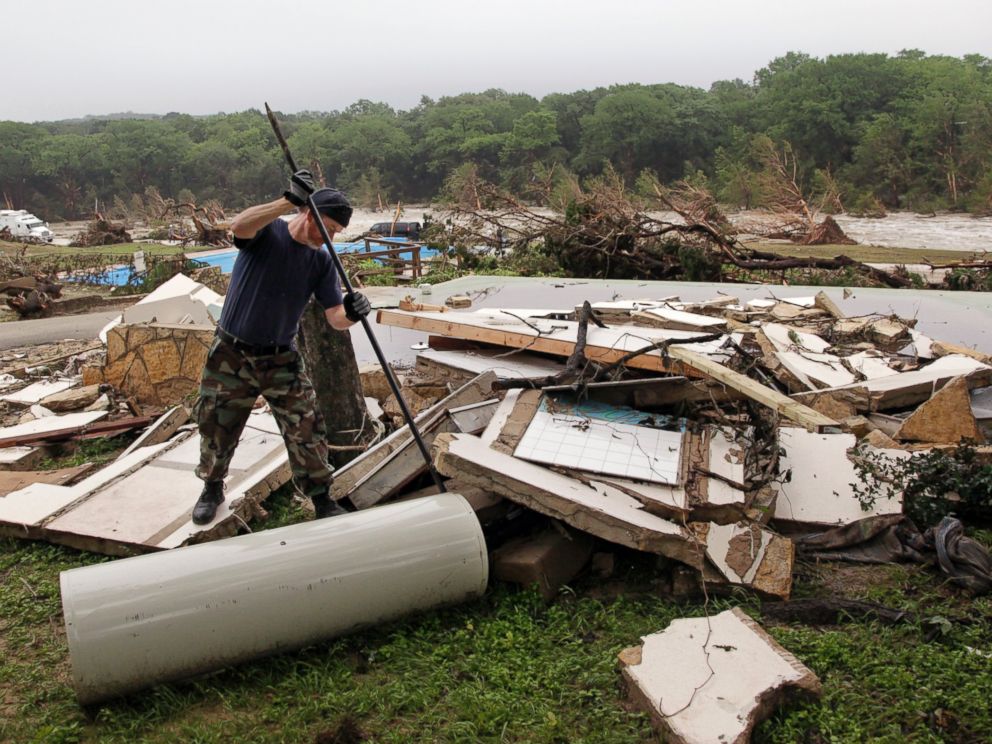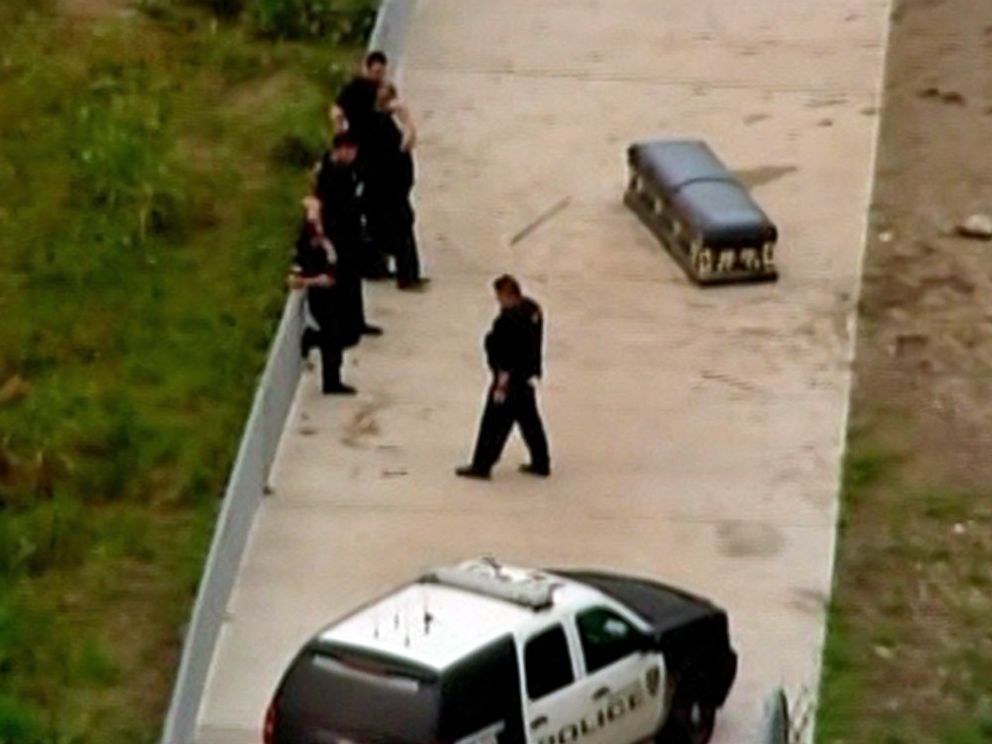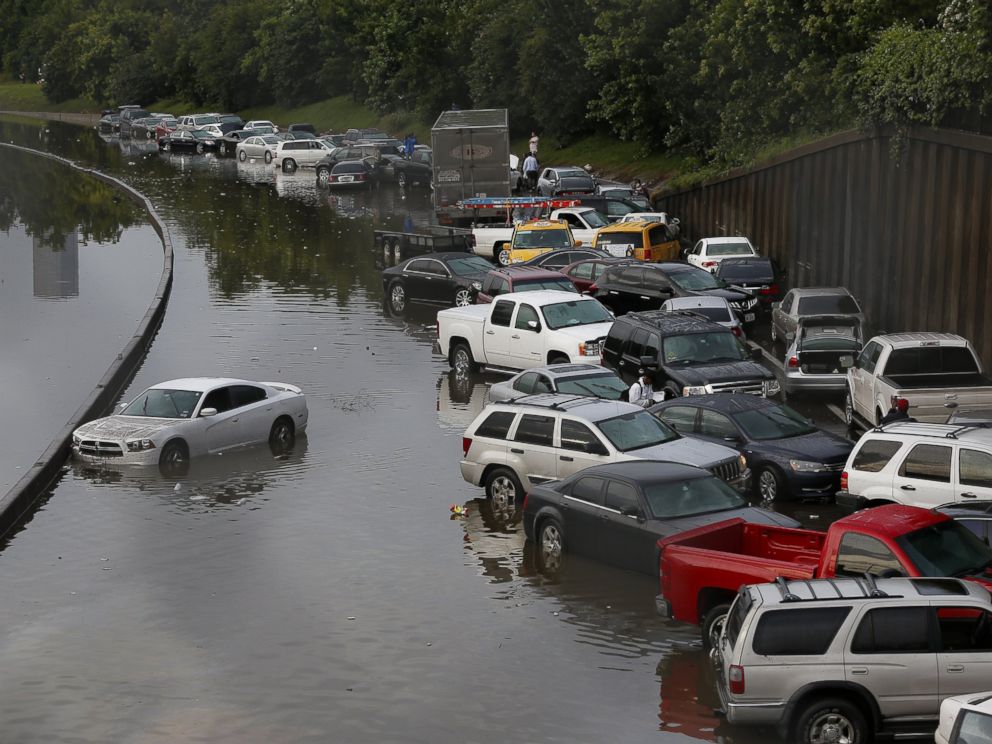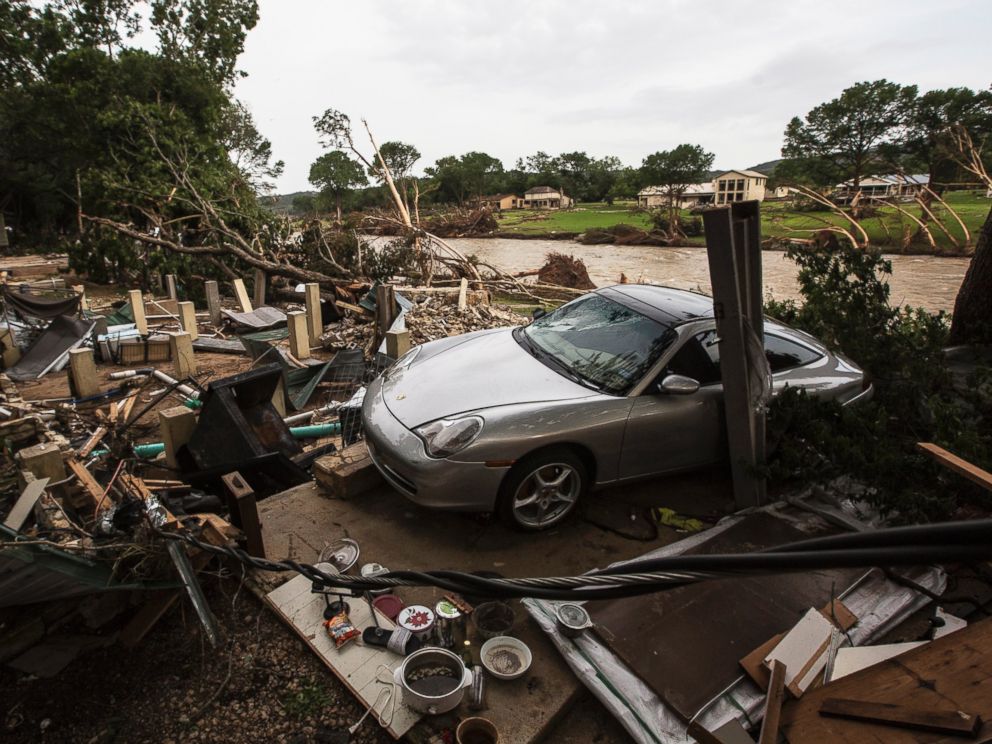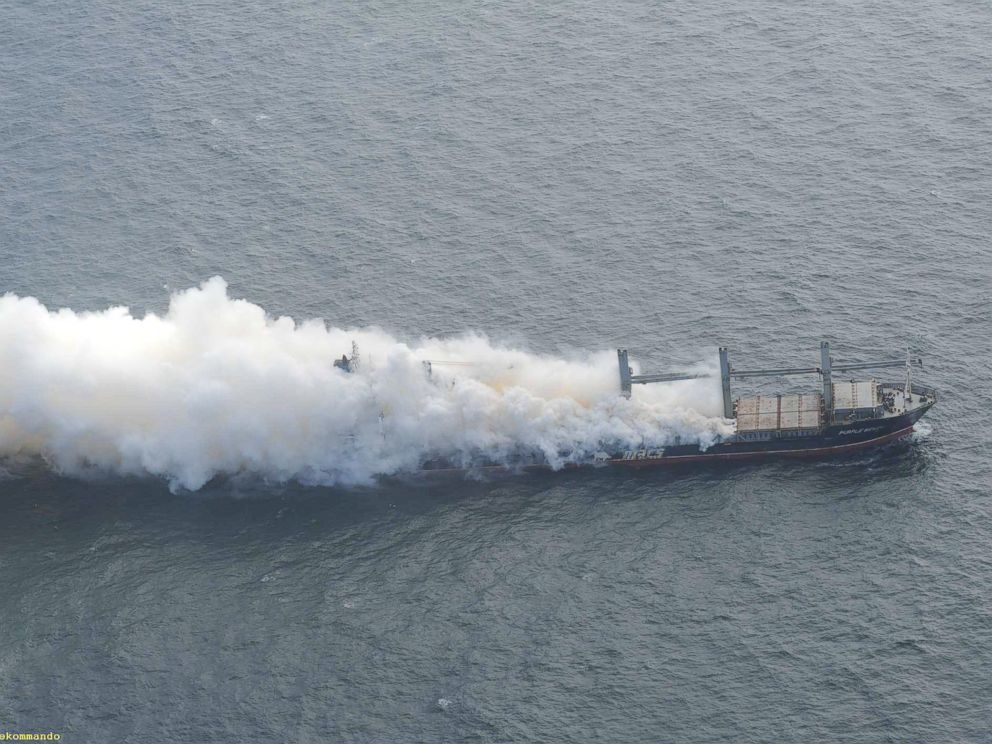MAY 27, 2015
SHAWANO, WIS. (AP)
A 30-year-old highway construction worker has died after he
was struck by a minivan on state Highway 47 near the Town of Red Springs.
The Wisconsin State Patrol says Derek Stempa of Shawano was
flagging traffic in a construction zone when he was hit late Tuesday morning by
man driving a 2003 Dodge Caravan. Stempa was taken to Shawano Medical Center,
where he was pronounced dead.
The driver of the minivan, a 68-year-old Hurley man, wasn't
injured.
Authorities are investigating the deadly crash site.
An account has been set up for the family of a Shawano
County highway worker who was killed while flagging traffic Tuesday.
The Shawano County Sheriff’s Office says 30-year-old Derek
T. Stempa of Shawano was hit by a car on State Highway 47 near County Road G in
the Town of Red Springs.
He leaves behind a “loving wife and two young children,”
according to Sheriff Adam Bieber. A family of the young family was posted on
the Sheriff’s Office Facebook page.
Investigators say a 68-year-old man from Hurley,
identified as Dennis St. John, was headed south on STH 47 when he
hit Stempa.
Stempa was taken to a local hospital where
he was pronounced dead.
St. John was not hurt.
If you would like to help the Stempa family, go to any
Capital Credit Union and ask to put money into the account for Heather Stempa
or account #7240843.
If you would like to mail a donation, you can send it to
Capital Credit Union, P.O. Box 2526, Green Bay, WI 54306-2526, and include the
account number or the name Heather Stempa.
You can contact the credit union at (800) 728-4294.
The crash remains under investigation.




























